In the Vietnam Fisheries Development Strategy to 2030, with a vision to 2045, tilapia is identified as a potential farming species, along with shrimp and pangasius. The goal by 2030 is to achieve an output of 400,000 tons, making tilapia the second largest freshwater fish export after pangasius, contributing to product diversification and reducing dependence on a number of key products. Since 2023, aquaculture farmers in Tra Vinh have proactively introduced tilapia into farming and developed quite strongly, concentrated in brackish water farming areas interspersed with shrimp ponds.

Harvesting tilapia at Mr. Dao Van Hieu's household, Bo Kinh 1 hamlet, My Hoa commune, Cau Ngang district.
According to statistics from the Department of Fisheries, Fisheries and Seas and Islands of Tra Vinh province (Department of Agriculture and Environment of Tra Vinh), the area of tilapia farming for export in the province is currently growing, with 46 households farming on an area of 106 hectares, concentrated in Cau Ngang, Tra Cu and Chau Thanh districts. In addition, Cuu Long Seafood Company is farming more than 60 hectares, expected to harvest about 500 tons in May, and is currently building a 10-hectare hatchery...
Comrade Le Tan Thoi, Head of the Department of Fisheries, Fisheries Control and Sea Islands of the province, said: the potential for developing tilapia farming for export in Tra Vinh is quite large and the farming conditions are relatively suitable. With an area of 5,570 hectares of brackish and fresh water aquaculture, distributed in the districts: Chau Thanh (communes of Hung My, Phuoc Hao, Long Hoa, Hoa Minh); Cau Ngang (communes of Vinh Kim, Thuan Hoa, My Hoa, Long Son, Hiep Hoa, Nhi Truong, Hiep My Tay); Tra Cu (communes of Dai An, Dinh An, Luu Nghiep Anh, Ham Tan); Tieu Can (communes of Tan Hoa, Hung Hoa, Tap Ngai, Tan Hung, Ngai Hung); Cau Ke (Hoa Tan commune, Ninh Thoi), Duc My commune, Cang Long district and Con Co, Thuy Tien and Long Tri islets in Tra Vinh city and Chau Thanh... Currently, besides farming objects such as giant tiger prawn, whiteleg shrimp, giant freshwater prawn, pangasius, snakehead fish, tilapia... these areas have the ability to specialize in farming or rotate with tilapia, because the salinity of more than 06 months from 0 - 08‰ is quite suitable for tilapia to develop.
According to our records, currently in Cau Ngang district, there are over 32 hectares of tilapia farming area intercropped with shrimp ponds. In addition to the pioneering households in linking with businesses to intercrop tilapia farming in shrimp ponds of Mr. Nguyen Van Tu, Nguyen Quoc Cuong, Hiep My Dong commune in 2023, it has been quite successful. Along with that, the Cau Ngang District Agricultural Technical Service Center has deployed experimental farming models... which have greatly contributed to helping farmers gradually approach the technical process as well as evaluate the effectiveness of raising tilapia.
Comrade Nguyen Tri Thong, Deputy Director of the Agricultural Technical Service Center of Cau Ngang District, said: Currently, the export market for tilapia is quite large, which has increased the value of tilapia. However, farmers need to be careful in choosing the quality of fish seed sources and fish species (there are currently many tilapia breeds from many importing units) when raising. For farmers to achieve high efficiency, it is necessary to build a chain of links from the supply of fish seeds - food and product consumption (commercial fish) and the technical process of raising needs to be strictly set out and follow the recommendations from the enterprise/unit associated with purchasing the product because tilapia is mainly fillet meat, so each breed will have different meat quality...
With the current tilapia farming process, most farmers raise at a density of 10 fish/m2 and stock 3,000 - 4,000 fish/kg to limit the loss rate during the farming process; salinity below 10‰ is best. To achieve 1kg of commercial tilapia, 1.2kg of feed is needed and tilapia feed does not require high protein content, from 30 - 32% protein content.
Mr. Nguyen Van Tu, Rach Hamlet, Hiep My Dong Commune, Cau Ngang District shared: when raising tilapia, it is necessary to cooperate with businesses to create stable output and avoid the situation of unfavorable purchasing prices for commercial fish for farmers. Along with that, it is necessary to control antibiotic residues in fish, to avoid chasing the market, affecting exports.
Article and photos: HUU HUE
Source: https://www.baotravinh.vn/kinh-te/can-huong-den-chuoi-lien-ket-trong-san-xuat-cung-ung-ca-ro-phi-xuat-khau-45949.html





![[Photo] Award ceremony for works on studying and following President Ho Chi Minh](https://vphoto.vietnam.vn/thumb/1200x675/vietnam/resource/IMAGE/2025/5/20/a08ce9374fa544c292cca22d4424e6c0)
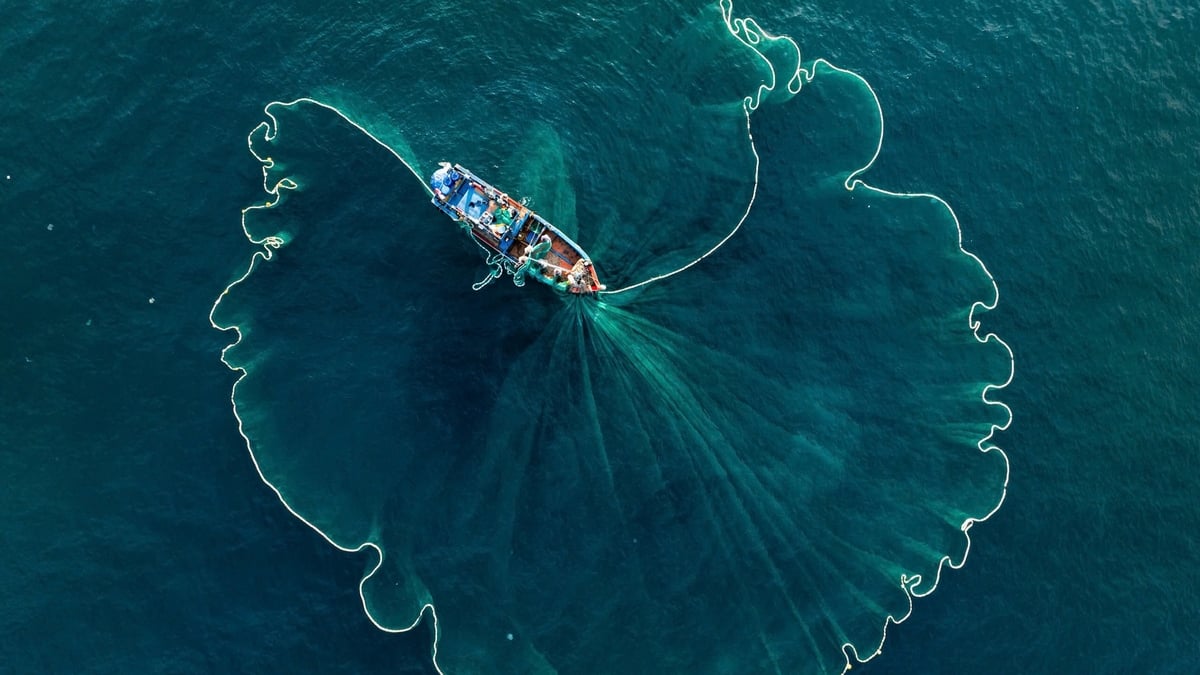

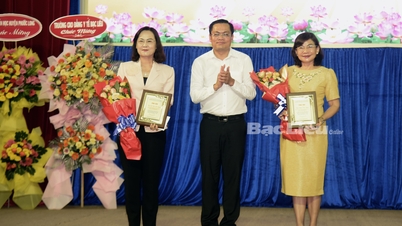


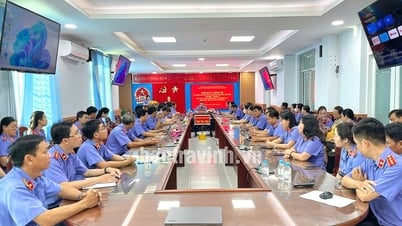












![[Photo] Vietnamese shipbuilding with the aspiration to reach out to the ocean](https://vphoto.vietnam.vn/thumb/1200x675/vietnam/resource/IMAGE/2025/5/20/24ecf0ba837b4c2a8b73853b45e40aa7)


























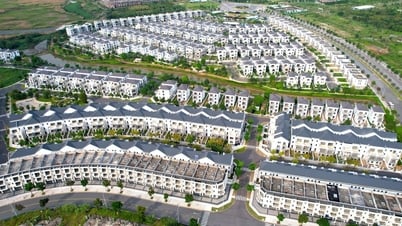







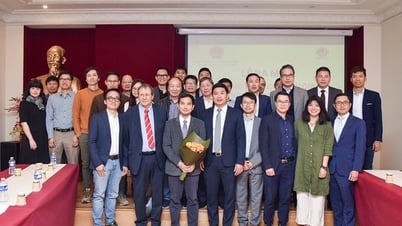

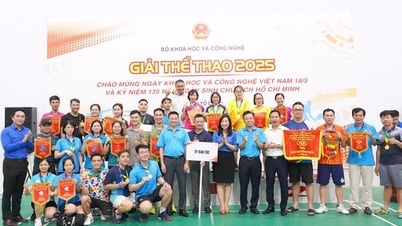














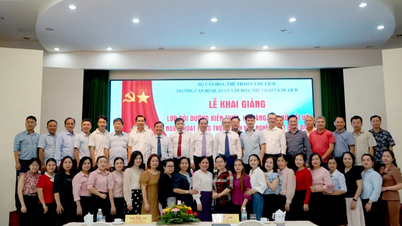










![[VIDEO] - Enhancing the value of Quang Nam OCOP products through trade connections](https://vphoto.vietnam.vn/thumb/402x226/vietnam/resource/IMAGE/2025/5/17/5be5b5fff1f14914986fad159097a677)
Comment (0)